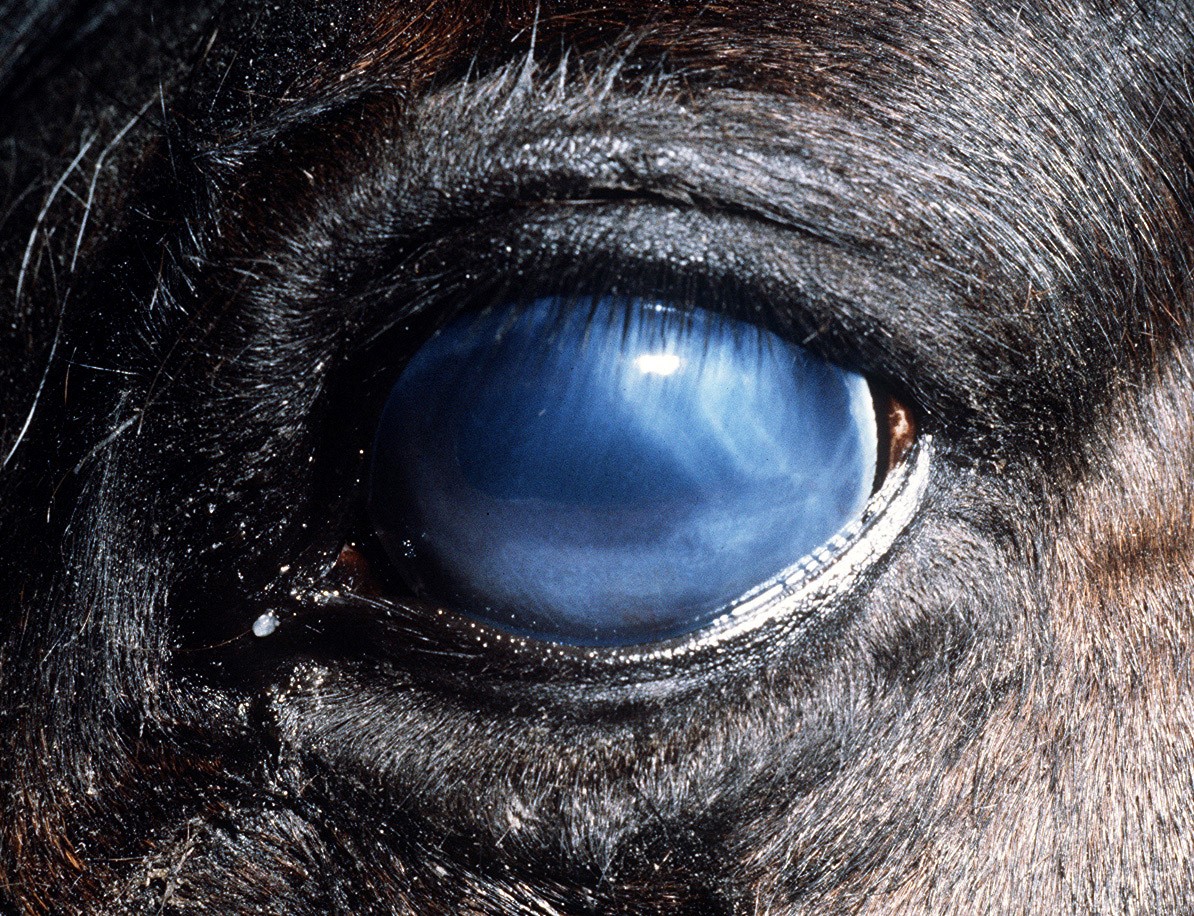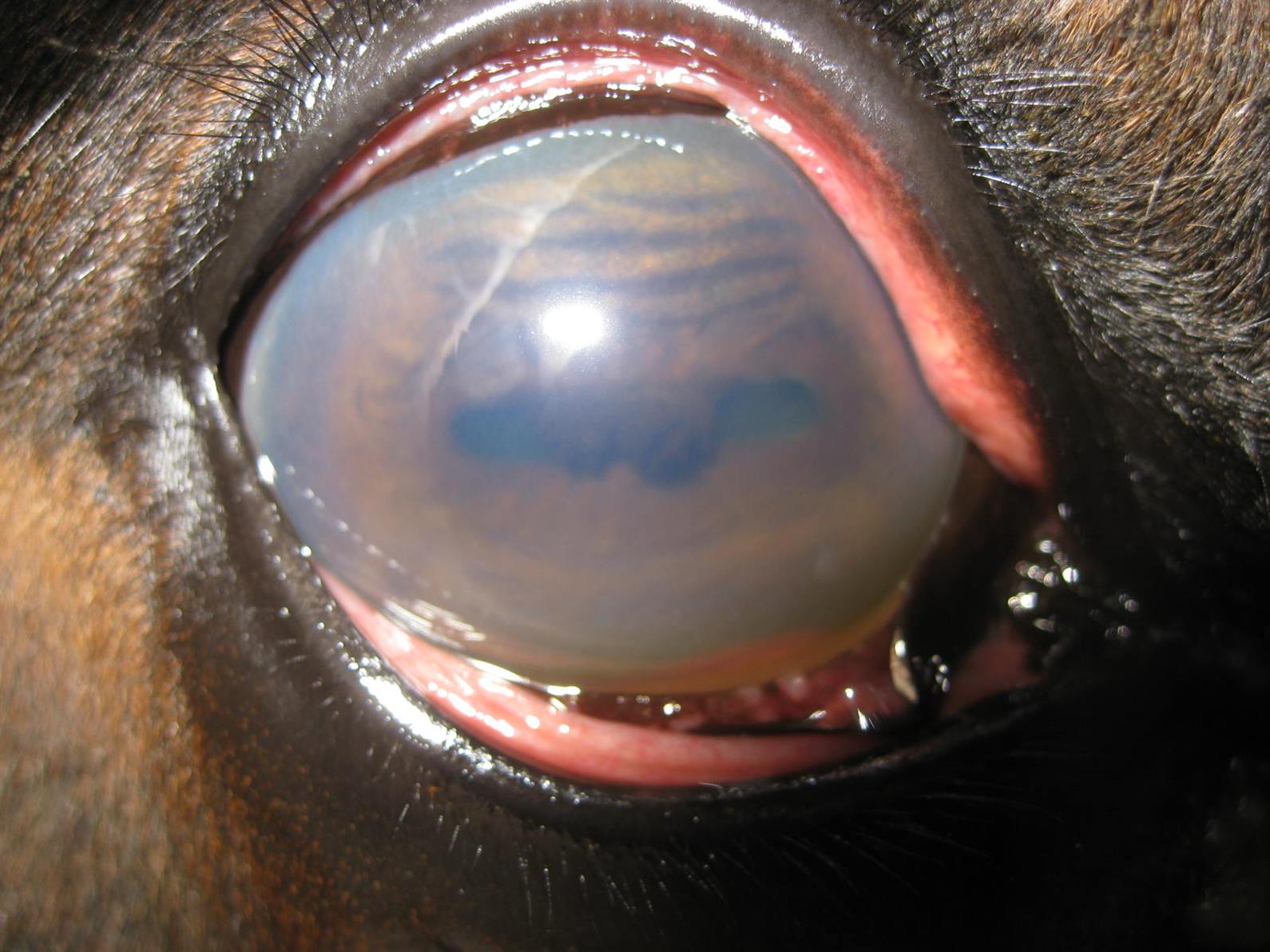Moon blindness, also known as recurrent uveitis, is a common and serious eye condition that affects horses. It is a painful and potentially blinding disease that can have a significant impact on a horse’s health and well-being. Understanding the causes, symptoms, and treatment of moon blindness is crucial for horse owners and caretakers to ensure the best possible care for their equine companions.
What Is Moon Blindness?

Moon blindness, or recurrent uveitis, is a condition that causes inflammation of the uvea, the middle layer of the eye. This inflammation can lead to a range of symptoms, including eye pain, sensitivity to light, tearing, and clouding of the cornea. In severe cases, moon blindness can result in vision loss and even blindness in affected horses.
Causes of Moon Blindness
The exact cause of moon blindness is not fully understood, but it is believed to be a multifactorial condition with both genetic and environmental influences. Certain breeds, such as Appaloosas and Warmbloods, have been found to be more predisposed to developing moon blindness. Additionally, factors such as infections, parasites, trauma, and autoimmune reactions may contribute to the development of this condition.
Symptoms of Moon Blindness
Horses affected by moon blindness may exhibit a range of symptoms, including:
– Excessive tearing
– Squinting or closing the affected eye
– Sensitivity to light
– Cloudiness or blueness of the cornea
– Redness or swelling of the eye
– Changes in the size of the pupil
– Rubbing or pawing at the affected eye
It is essential for horse owners to be vigilant for these signs and seek veterinary attention promptly if they suspect their horse may be suffering from moon blindness.
Diagnosis and Treatment
Diagnosing moon blindness typically involves a thorough ophthalmic examination by a veterinarian, including the use of specialized tools such as a slit lamp and ophthalmoscope to assess the eye’s structures and detect any signs of inflammation or damage. Additional diagnostic tests, such as blood work and ocular ultrasound, may be performed to rule out underlying causes and assess the extent of the disease.
Treatment for moon blindness aims to reduce inflammation, alleviate pain, and preserve vision. This often involves the use of anti-inflammatory medications, such as corticosteroids and non-steroidal anti-inflammatory drugs (NSAIDs), to manage acute episodes of uveitis. In some cases, systemic medications or surgical interventions may be necessary to address underlying causes or complications associated with the condition.
Management and Prevention
While there is no definitive cure for moon blindness, proactive management and preventative measures can help minimize the frequency and severity of flare-ups. This may include:
– Regular eye examinations by a veterinarian
– Minimizing exposure to environmental triggers, such as allergens and parasites
– Providing appropriate nutrition and supplementation to support overall eye health
– Implementing proper fly control measures to reduce the risk of ocular irritation
– Monitoring and addressing any signs of discomfort or changes in the horse’s behavior or eye appearance
By taking proactive steps to manage and mitigate the risk factors associated with moon blindness, horse owners can help to improve the quality of life for affected animals and reduce the potential for long-term complications.
Curious about horse-related topics? Whether you’re interested in learning about shivers in horses, understanding the fear of horses, or discovering what to worm horses with in spring, our articles have got you covered!
Conclusion

Moon blindness is a significant health concern for horses, and its impact on their well-being should not be underestimated. With a better understanding of the causes, symptoms, and management strategies for this condition, horse owners can work closely with their veterinarians to provide the best possible care for their equine companions. Through ongoing vigilance and proactive measures, the impact of moon blindness on horses can be minimized, and their overall quality of life can be improved.



